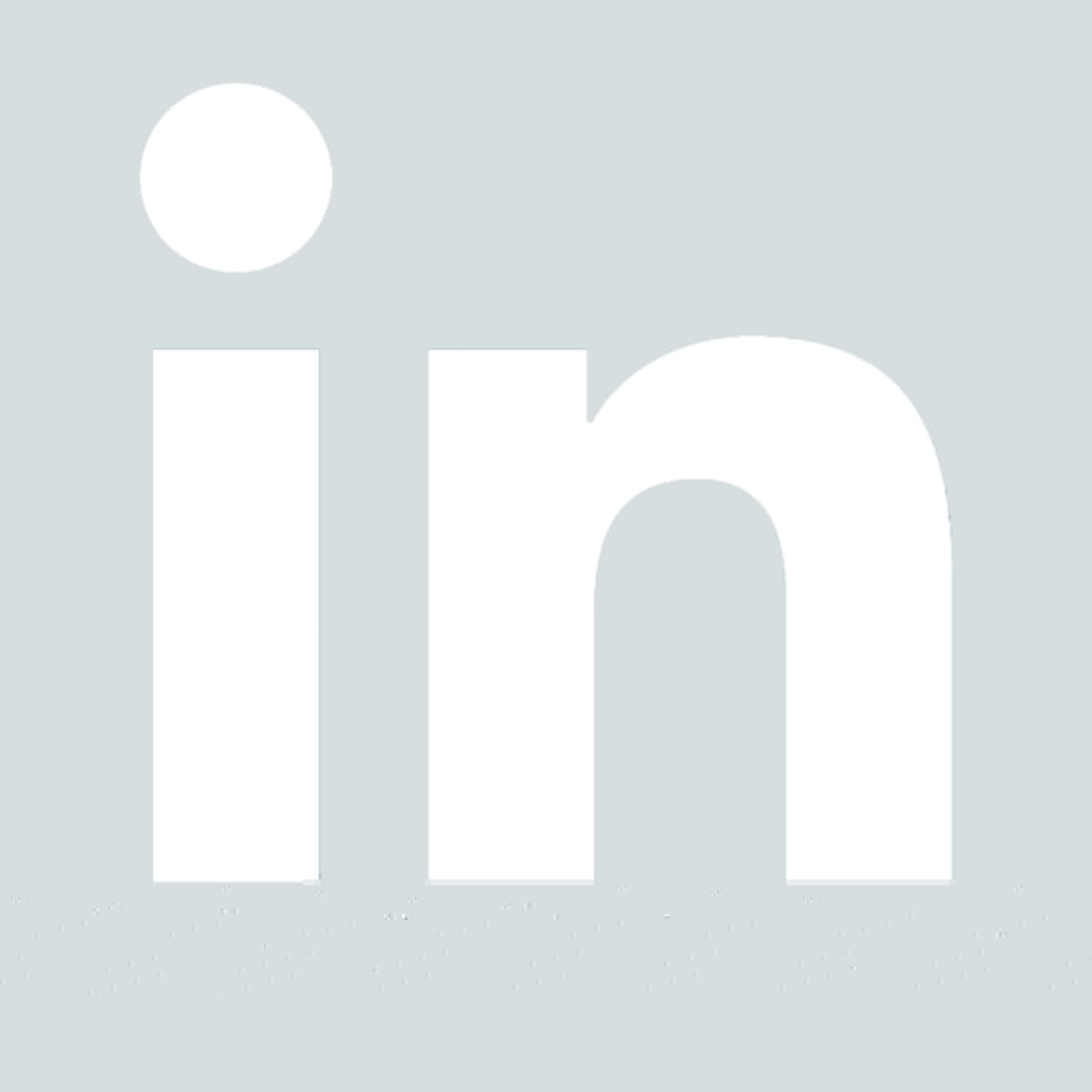How do we explore, “Are we building the thing right?” Let’s start with an analogy...
Imagine you have to transport people from A to B. Are you moving them in a school bus or via Lyft? Where will people load and unload? There are many different ways that you can approach solving the same problem. Are you taking the right approach?
At this stage, our goal isn’t to validate your current thinking. In fact, we want to poke holes in it, so we can continue to improve and iterate. A slight concept shift, or refinement to a user flow, can create a world of difference in adoption.
Many methods can help at this stage. Often we conduct a facilitated study with a beta or prototype, but unmoderated click or preference tests can be helpful also, to learn whether people can accomplish goals quickly and accurately. Ideally, we move between qualitative and quantitative research to inform strategic business decisions.
To the greatest extent possible, we involve your stakeholders throughout the research process. Such inclusiveness maximizes understanding of what actually occurred; what you hear and what I hear differ because of variances in our perspectives. Participation creates trust and credibility. The more engagement, the more likely the outputs will be acted upon.







